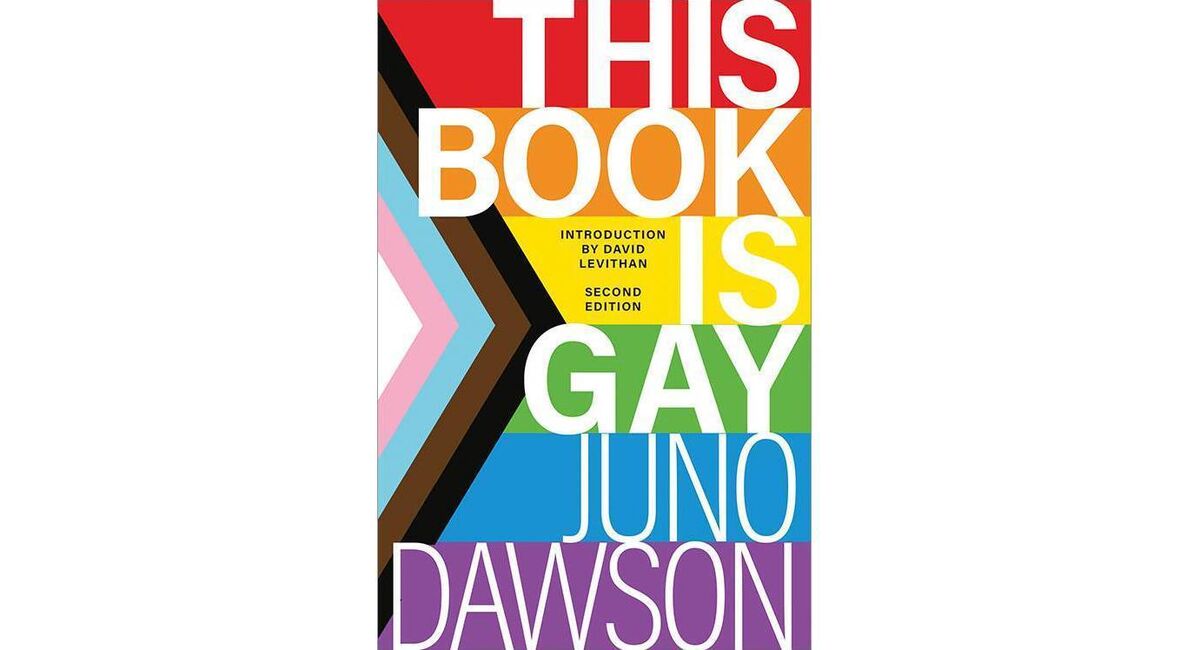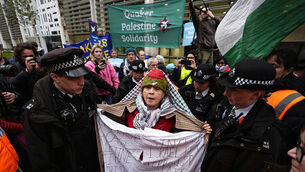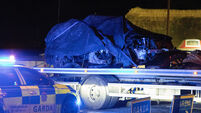Censorship of library books erased sex from print and allowed abuses to flourish

Through State censorship and vigilante censure, we created a stultifying silence in Ireland, allowing abuses to flourish, forcing powerless children to endure countless indignities.
Libraries are not as quiet as their reputation suggests. Newspapers rustle, readers gossip in low whispers. A class of primary-school children, too boisterous to be truly quiet, try to quell their excitement as they scatter among the shelves.
Libraries are busy community spaces now, places where people congregate and communicate. Recently, this humdrum beauty has been disrupted by small groups of loud, gesticulating people waving books in librarians’ faces. They film their protests for a worldwide audience before dramatically destroying a book they hate and fear: by Juno Dawson.
In the past, librarians often faced public rage over dangerous books. In Mayo, a man brought his own paraffin to burn library books he found "dirty and immoral". He was wrestled, bellowing, to the ground by library staff and local firefighters.
And always, alongside these acts of violence against books, were complaints.
Readers thrust books at librarians, muttering that nobody should read that. Arms crossed over their handbags, those women (borrowers were overwhelmingly women) were not loud but righteously indignant. Following complaints, staff removed books from the shelves, referring them to a book selection committee for their judgement.

It was a censorious time. Volunteer censors were mimicking the work of the Censorship of Publications Board that monitored the books and newspapers entering Ireland, sifting through fiction for ‘indecency’ and non-fiction for ‘birth-control propaganda’.
Since 1929, reading in Ireland has been regulated by the government through prohibition orders. Everyone agreed that reading was dangerous. It could pollute minds, contaminate souls and inspire ‘unnatural vices’, which was code for gay sex.
When local authorities considered funding libraries, the seditious potential of reading worried local politicians. Many feared spending rates on books or staff would encourage social and moral evils.
Official censorship worked with local censure to monitor readers, whether they preferred to pore over newspapers in the reference section or borrowed two books, every two weeks.
As books, magazines and newspapers vanished from libraries, chasms of silence opened up. Sex in print was erased. Even euphemism, a social code created to talk about bodies, was found to be indecent and obscene.
Following generations of censorship, inference was all people had left, conveying warnings about sex to their children in equivocal phrases like ‘Mind yourself’ or ‘Be good’. Those brave enough to ask what, precisely, needed minding were scolded by embarrassed elders who didn’t have any words to explain.
In 1972, the Irish government refused to renew the visa of an American, George Solomos, because he had dared to import a controversial book, by Soren Hansen and Jesper Jensen.
Small enough to fit in a child’s pocket, where it could be hidden from parents and teachers, it was incendiary. The authors explained how sex worked while encouraging children to challenge every authority figure they met.
was internationally notorious by the time Solomos imported 300 copies into Ireland. The French government had banned it as a threat to public order in 1971. In Britain, Mary Whitehouse, a self-appointed crusader against moral pollution, described it as "a political and sexual revolutionary primer".
Forewarned by this international controversy, the Irish government quickly banned it. It was blacklisted until 2000 and it wasn’t until 2014 that an uncensored edition was published in English.
It’s a radical forthright book that retains its capacity to shock but there’s no need for a moral panic — thanks to censorship, there isn’t a single copy in an Irish public library.
In the past few decades, we have allowed voices once too small to be heard to speak in books, on the radio, and on television. This is an inter-generational reckoning with silence.
Thankfully, library stock today would never make it past the book selection committees and censorship boards of the past. All those concepts antithetical to our censorious forebears — diversity, choice, equality — are celebrated on library shelves.
Today’s librarians do not quiz children to see whether they read the books they borrowed, like the Wexford county librarian did in the 1940s.
In a library, readers can be themselves, finding or losing themselves in books, films and records. For noisy protestors, freedom appears to be licence, choice looks like chaos. Like censors of the past, they see danger in all the wrong places.
- Dr Aoife Bhreahnach is a historian and presenter of Censored, a podcast exploring censorship in books














